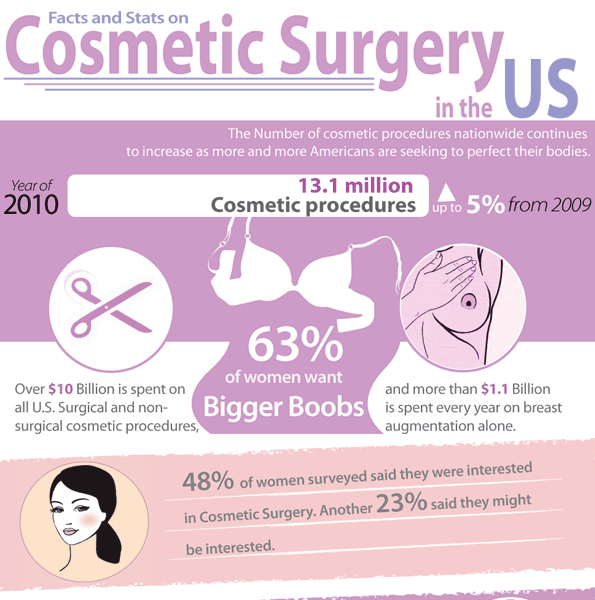Acne scars and dark marks can continue to be also after the imperfection itself has cleared. Yet there are numerous natural, non-prescription and clinical treatments that can lower their appearance.
Ice pick scars are little imprints that look like pinpricks; rolling marks have a wave-like appearance and shallow depth; boxcar scars have clear edges; hypertrophic scars are raised bumps. Treatments include skin needling, where your doctor rolls a needle-studded device over the skin; and surgical excision, when a healthcare professional cuts out deep scars.
1. Exfoliate
Acne marks discolor best when they aren't covered with dead skin cells. Peeling gets rid of the build-up and enables fresh skin cells to find to the surface. It likewise makes acne scars less noticeable.
A dermatologist can recommend exfoliation methods for your specific skin kind. Dry skin might gain from peeling with scrubs or various other mechanical techniques, while oily skin may need a chemical peel. Those with darker skin tones require to be mindful utilizing more powerful chemical treatments, as they can cause dark spots and level of sensitivity.
If you have acne marks, stay clear of choosing or squeezing at them, which can make them worse. Inflammation caused by irritability raises the opportunity of scarring. Choosing can leave ice-pick scars, which are narrow indentations with a factor at the end. You can additionally get boxcar scars, which are indentations with bigger sides. You can likewise develop hypertrophic or keloid scars. These are elevated bumps of mark cells that can be itchy and unpleasant.
2. Moisturize
After finishing your acne therapy, keeping skin clear and healthy requires a regular skin care routine that protects from outbreaks and minimizes post-acne marks. This includes a gentle cleanser and cream, non-comedogenic items that don't clog pores, and staying clear of foods that aggravate skin or trigger acne flare-ups.
Utilizing a lightweight, non-comedogenic cream with active ingredients like hyaluronic acid and glycerin can assist hydrate skin while additionally boosting skin structure and promoting recovery. Try to find a product that is formulated without scent or parabens.
A product that targets lingering acne marks with active ingredients such as skin-brightening tranexamic acid and bakuchiol can enhance dark spots or irregular tone brought on by inflammation. It gently resurfaces the skin while smoothing rough and textured locations. A product that combines a retinoid and a plant-based retinol choice can likewise improve the look of deeper scars while concurrently targeting existing acnes and preventing future outbreaks.
3. Cover
Once your acne marks heal, you can conceal them with makeup and a concealer. Simply make certain you're only using the product over marks that are completely healed (not fresh ones), claims Sotomayor. Then, complete your look with a bold lip shade or statement great smoky eyeshadow for optimal effect.
When it comes to selecting a foundation or colored moisturizer, it is necessary to choose one that is noncomedogenic and oil-free. This will assist keep your skin clear and protect against the clogging of pores that can bring about new outbreaks.
The exact same goes with choosing a concealer. Look for a formula that uses full protection but still really feels lightweight and blendable on the skin. Likewise, when covering up impressions from acne scars, it's an excellent idea to locate a color that matches your all-natural skin tone (instead of a color lighter or darker). This will aid conceal the indents better. This nourishing balm is a superb option for lightening up and lightening post-inflammatory hyperpigmentation, which can be caused by acne or various other inflammatory skin conditions. It consists of hydrating panthenol, softening shea butter and enhancing peptides that reduce inflammation and flaky texture.
4. See Your Skin progeskin biologique doctor
The scars that develop from extreme acne frequently call for treatment by a physician or skin doctor. Before that can take place, though, an individual must have their acne controlled. This consists of not picking or squeezing acne places, and using gentle cleansers and water-based non-comedogenic items that won't block pores.
If pharmacy cleansers and spot therapies aren't removing your skin, schedule a visit with a dermatologist. The skin specialist can advise other treatments that aid remove your skin without drying it out or irritating it.
A skin doctor can also treat various other sort of post-acne marks, including dark areas that are a sort of hyperpigmentation called PIH (post-inflammatory hyperpigmentation). A topical retinoid like adapalene can visibly lighten these marks and fade them swiftly. For various other types of scars, the medical professional can recommend a more intensive therapy. This can include microdermabrasion or chemical peels that are done right in the workplace. Relying on the severity of your scars, these therapies might require to be repeated.
